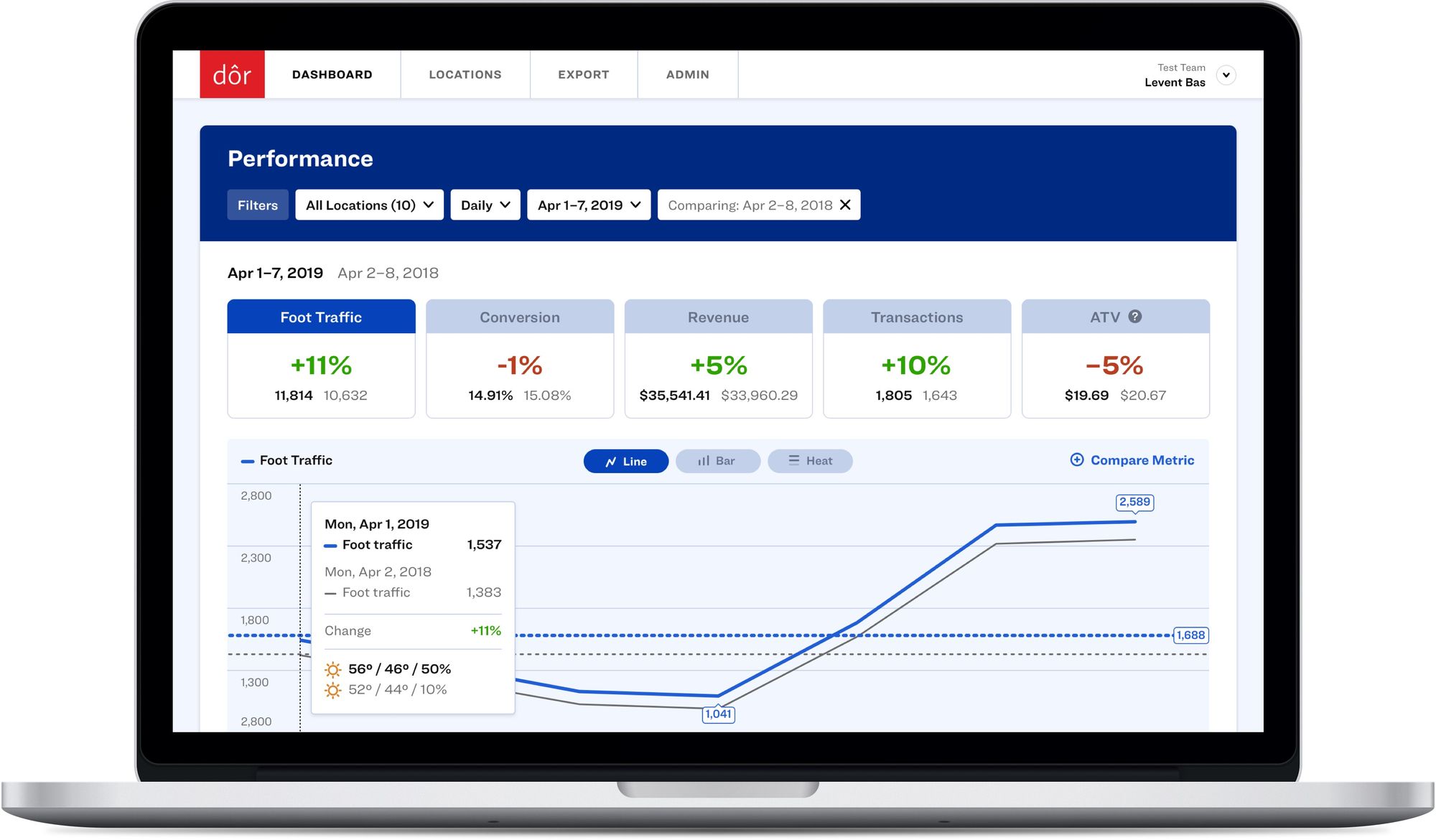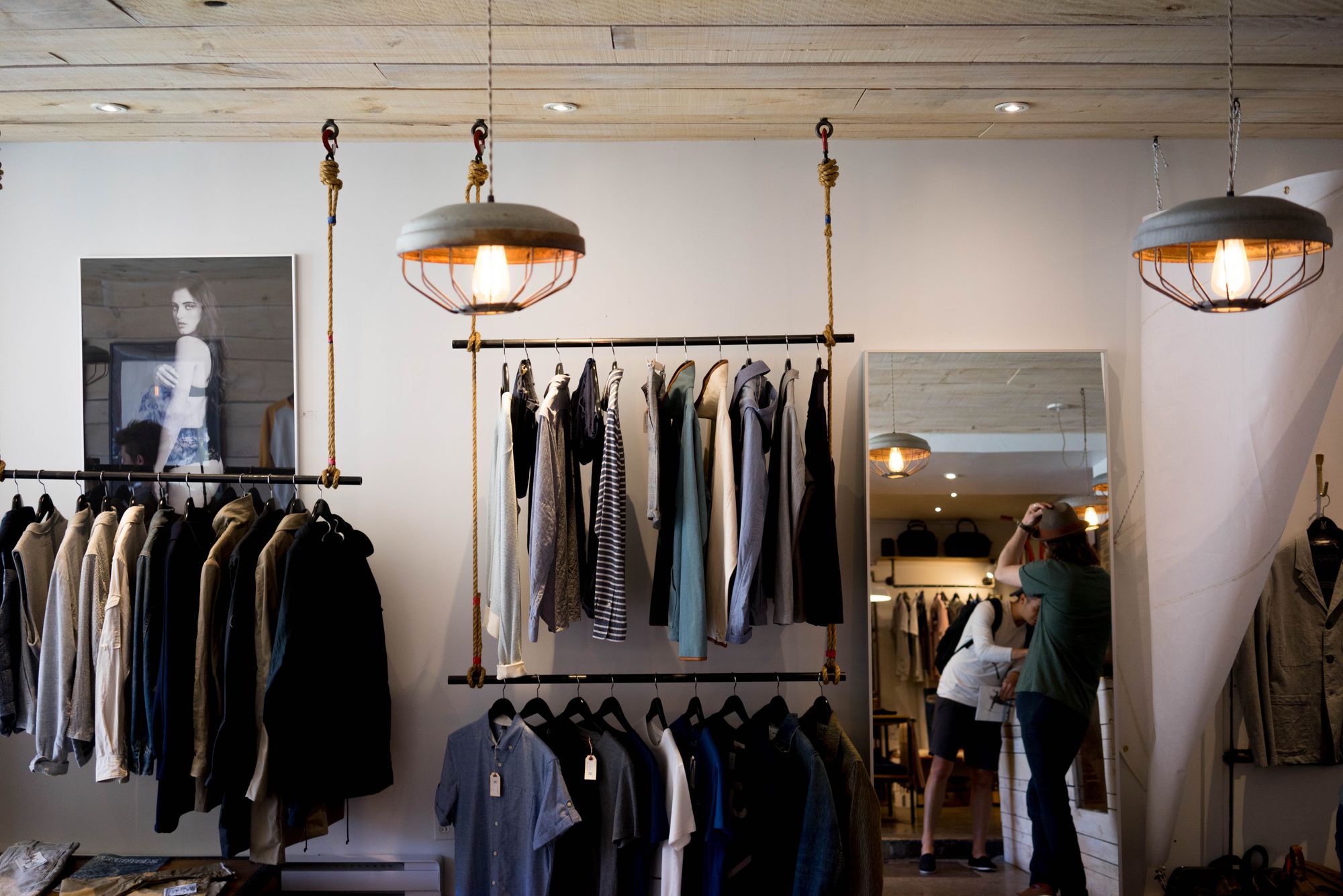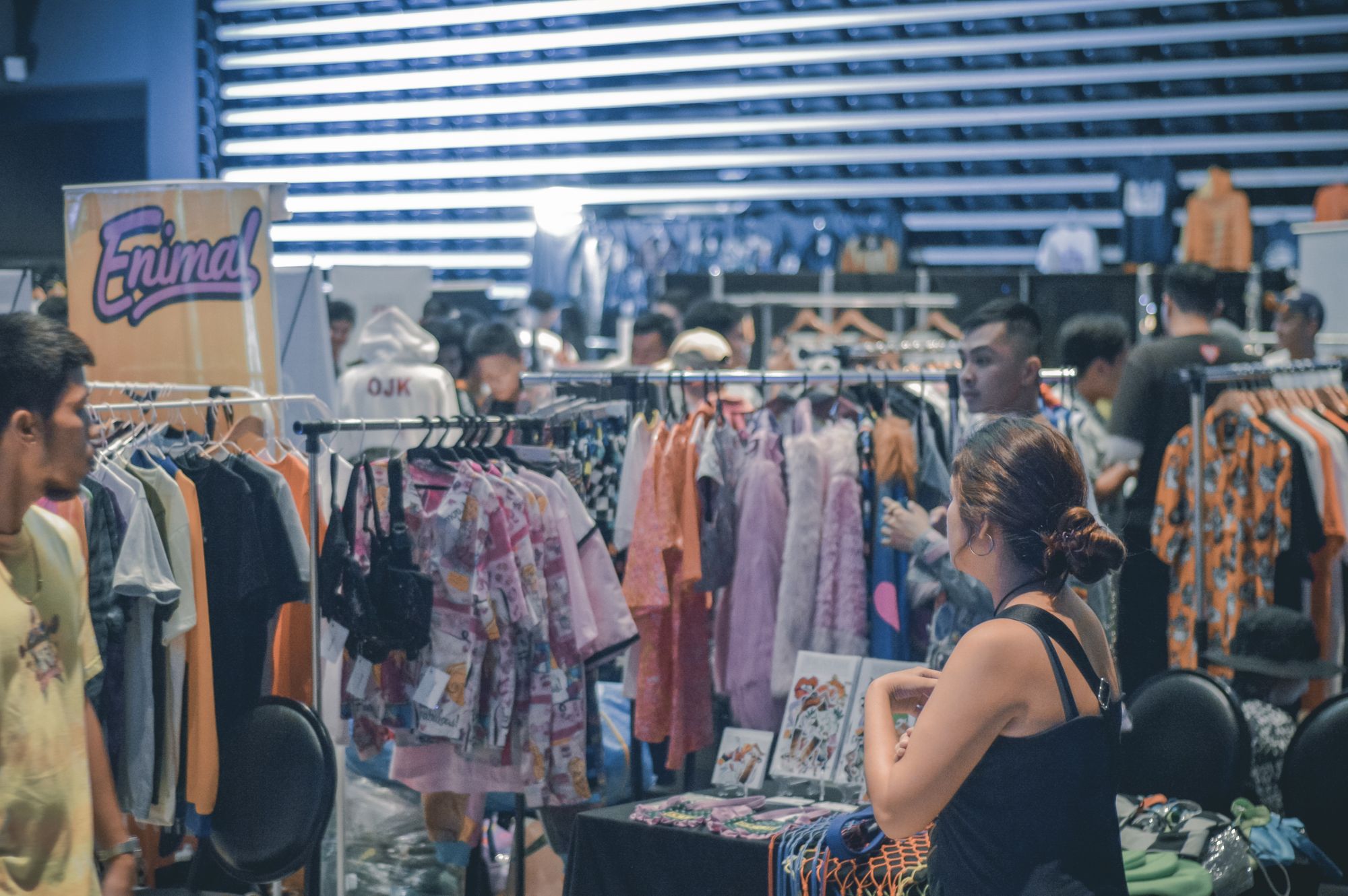As the owner of a brick-and-mortar retail store, you may already know it’s a good idea to have a people counter in-store, but if you haven’t yet made the leap—or if you want to know all the ways it can be useful for your business—check out our top 8 reasons to invest in one today.
1. Improve the customer experience
One of the most significant long-term benefits of installing a retail traffic counter in your store is that it gives you the chance to perfect your business's customer experience. If you want to know when your busiest days or peak hours are, all you have to do is look at the data.
That way, you can plan around these times in the way that best fits your particular retailer—whether that means reserving more of your staff for checkout operations, transferring employees over from point-of-sale (POS) operations to assist customers on the shop floor, or simply having more staff in-store across all departments.
The ultimate goal here is to offer your customers a seamless, hassle-free shopping experience to keep them coming back to your store.
2. Monitor and boost store performance
Far from simply providing foot traffic data, investing in the right door counter can give you a whole host of information about your store’s performance.
By integrating a people counter with your POS system, you can measure and track important metrics such as retail conversion rate (the number of in-store customers who make a purchase), retail average transaction value (ATV, or the average amount each customer spends in your store), units per transaction (UPT, or the average number of items bought with each purchase), and much more.

Did you know that a 1% increase in your store’s conversion rate can mean a 10% increase in revenue?
Click here to discover how Dor can help you understand your foot traffic data and make more profitable business decisions.
Having this data will enable you to make wiser decisions about every aspect of your business, from store layout to inventory management, to maximize your store’s profits. Managers who operate multiple stores will see even greater benefits from tracking people counting data, as they can use this information to compare metrics like foot traffic, conversion rate, ATV, peak hours, and more across various locations.
This, in turn, gives managers a chance to reallocate their resources as needed, whether that’s shifting employees over from one place to another, hiring new staff entirely, or sometimes even having to lay off employees.
Related: 15 Key Metrics (KPIs) to Measure Retail Store Performance

3. Prevent understaffing
Another great benefit of having a store counter is that it allows you to optimize your staff scheduling, so you’re never left with too few employees in-store during your busiest hours or days.
After all, you would hate to see your customers get overwhelmed by long checkout lines and leave without making a purchase, wouldn’t you?
4. Avoid overstaffing
Like the point above, foot traffic-based staff scheduling also prevents you from having too many employees in-store during traditionally slow times. Not only does avoiding overstaffing help you reduce your overhead costs as an employer and maximize profitability for your store, but seeing as how there are still places across the globe with limits on the total number of persons that can be in enclosed spaces, restricting the number of employees on hand may even prove to be necessary to allow the maximum number of shoppers into your store.

5. Track and reward employee performance
Just as it can help you track store performance, having a foot traffic counter integrated with your POS system can also help you monitor your employees' performance by calculating revenue-per-employee, or the ratio of total sales made to the number of employees you have at any given time.
This practice goes a step beyond measuring the conversion rate. It also incorporates staff scheduling data—so you can know which staff members consistently offer the kind of service that generates more outstanding sales and store revenue.
Here, your POS system can be your best asset in attributing sales to staff members. If you have relatively few employees, even having a simple rule such as “whoever assists a customer is also responsible for doing checkout” can work. However, if you tend to have employees scattered around the shop floor, you can take a cue from fast-fashion retailers and train your checkout staff to ask customers if anyone, in particular, helped them with their purchase that day.
6. Plan around external factors
Another long-term benefit to using a people counting solution at your store is that it can help you see how well your store performs under external factors such as weather conditions or certain seasons such as holidays and special days.
For instance, if you find that rainy weather prevents people from visiting your store, you may choose to invest in a canopy over your parking lot, or if you find that you generally have a line of people out the door each Christmas, you may choose to hire additional help just for the holiday season.
Related: 7 Factors That Affect Foot Traffic for Retailers
7. Perform accurate marketing attribution
Let’s say you run a retail marketing campaign via social media, Google ads, or even your local TV or newspaper. How will you know whether you were successful? Again, foot traffic counters come to the rescue, providing accurate and reliable information about the number of in-store visitors you have at any given time.

8. Use the data to host better in-store events
Another counterintuitive but intelligent use of people counting solutions is to determine when your store isn’t at its busiest so you can host in-store events. Here, we’re talking more about targeted and curated happenings rather than sales bonanzas—think readings and book signings, demonstrations, or even performances for young kids, depending on the type of store you run (and the COVID-preventative measures taken in your area, of course).
You may want to organize such events at a time when your store traditionally gets less foot traffic—whether it’s to keep the store quiet, make maximum use of space without too many shoppers around, or simply to avoid annoying your in-store customers, seeking out downtimes for dedicated events may end up improving the customer experience for both your newcomers and repeat shoppers.